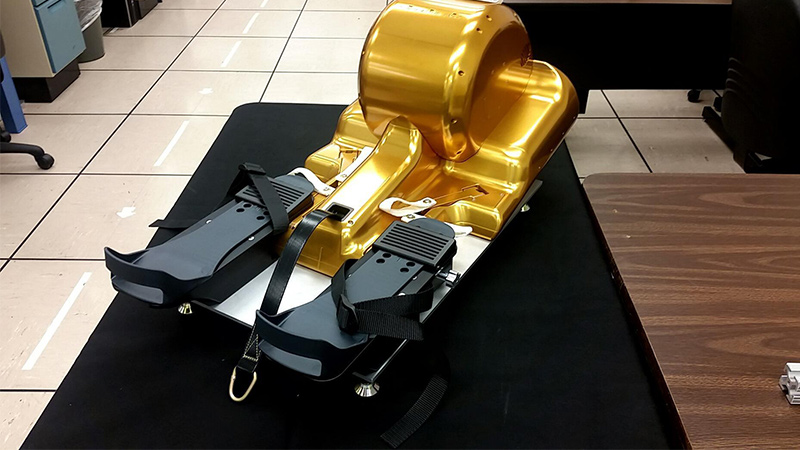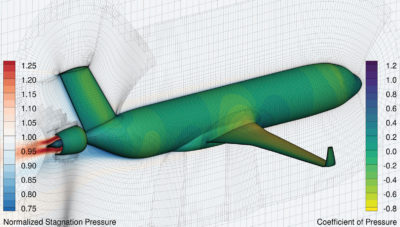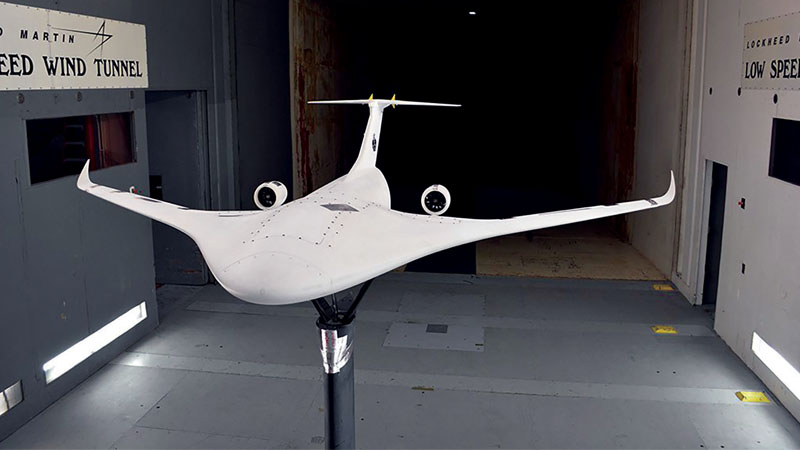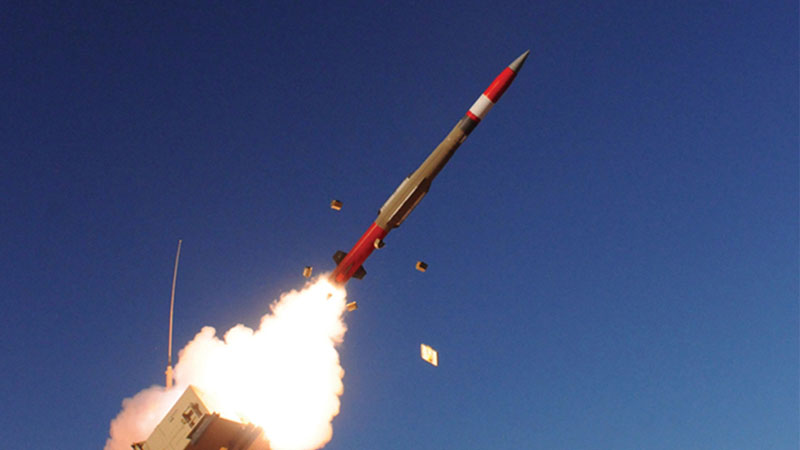Space suits, virtual reality tools tested
By Jonathan G. Metts|December 2017
The Life Sciences and Systems Technical Committee advances technologies required to keep people healthy and safe as they explore space.
Boeing unveiled a new space suit for its Starliner spacecraft in January, and SpaceX displayed its new space suit for the Dragon V2 in August. Both suits replace the orange one worn on space shuttle flights. These suits are designed to be worn primarily as survival gear during launch and entry, protecting astronauts in case of cabin depressurization, launch aborts or off-nominal landings.
NASA’s own Z-2 prototype suit, designed for both microgravity operations and planetary exploration, was tested in March with underwater mock-ups at the Neutral Buoyancy Laboratory in Houston. The aquatic training facility is where NASA’s space station crews practice for spacewalks.
Virtual reality has become a powerful new tool in spaceflight ergonomics and crew training. In March, a portable, commercial-grade Oculus headset replaced an older VR rig on the International Space Station. Astronauts in orbit enter a NASA-developed VR simulation to practice maneuvers in microgravity before their real spacewalks.
Back on Earth, the Active Response Gravity Offload System simulator (a mechanized hoist to unload a person’s weight) at NASA’s Johnson Space Center was reconfigured in April for Mars-like gravity and paired with custom VR software to simulate a Mars environment for improved realism in crew training. This type of hands-on, immersive study in a realistic simulation is designed to help engineers develop more effective suits and habitats for Mars surface operations.
Partial gravity was also a focus of investigation this year in basic life science research and development of countermeasures against long-term spaceflight.
“Sclerostin antibody inhibits skeletal deterioration in mice exposed to partial weight-bearing” was published in February’s Life Sciences and Space Research. The rodent research used simulated partial gravity analogs for the moon and Mars to validate a bone loss countermeasure that also works for humans.
Astronauts first tested NASA’s Miniature Exercise Device, or MED-2, aboard the International Space Station in June. The MED-2 project aims to provide critical exercise countermeasures with reduced mass and volume in smaller spacecraft.
Fire safety and microgravity combustion progressed in June with the third Saffire, or spacecraft fire experiment, which ignited a large sheet of flammable material under controlled conditions to study fire growth in an environment without gravity-driven gas convection. The fire was activated far from astronauts in a disposable Cygnus cargo vehicle already on its way toward atmospheric disintegration.
NASA and the space medicine community now recognize mission-induced vision loss as a major challenge for long-duration spaceflight. In June, the Journal of Neuro-Ophthalmology published “Persistent Asymmetric Optic Disc Swelling After Long-Duration Space Flight,” which compared one astronaut’s ophthalmologic data from before, during and after long-term spaceflight to investigate the causes of visual impairment and intracranial pressure syndrome. The subject also received pressure-testing spinal taps in this study on vision impairment during and after months in space.
The Journal of Physiology in February published “Effect of gravity and microgravity on intracranial pressure,” which enlisted the help of cancer survivors and measured the effect of weightlessness on the cranium. The test subjects were monitored via pre-existing chemotherapy ports in their heads, all while experiencing reduced gravity on parabolic plane flights.
In January, the Orion spacecraft demonstrated crew interfaces during the most dynamic flight phases. The cockpit design was evaluated for visibility and legibility by simulating crew procedures while participants in a mock-up were shaken on the human-rated vibration test bed at Johnson Space Center.
Contributors: Richard C. Mains and David L. Urban



































